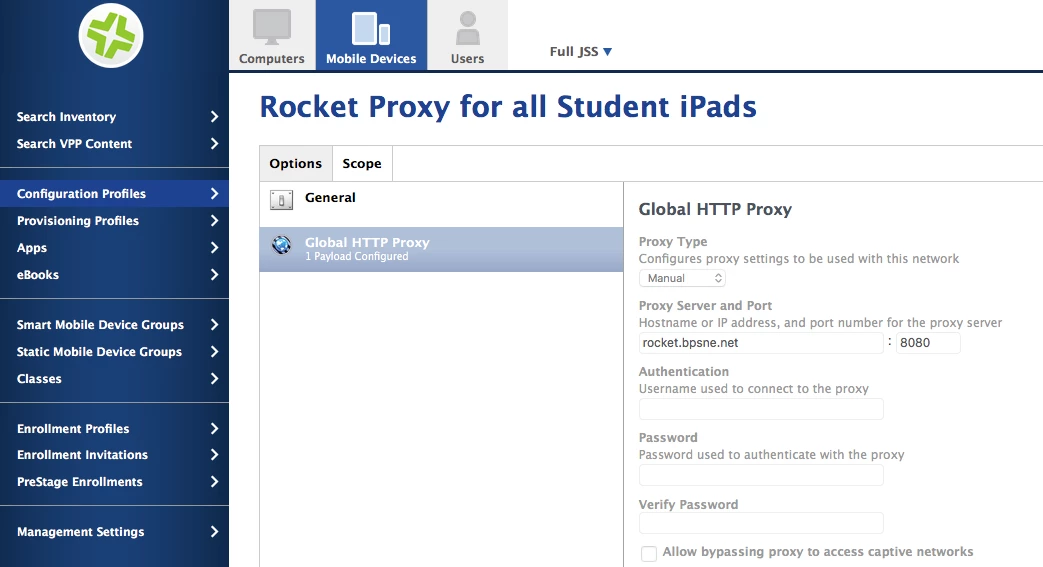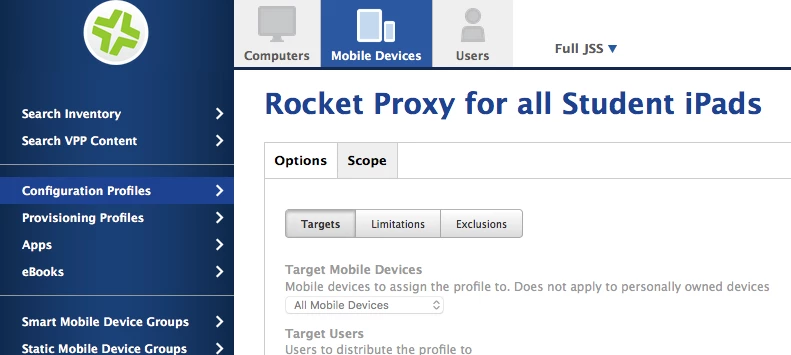Has anyone had success with setting up the Lightspeed App that allows for Web filtering? I am supposed to configure the plugin on the MDM for my lightspeed rocket.
Question
Lightspeed Web Filter for iOS App
 +5
+5Enter your E-mail address. We'll send you an e-mail with instructions to reset your password.






